When a storm threatens our area, one of the major preparations often forgotten about until it's too late — is what to do with our pets.
Not all hurricane shelters accept them, and basic supplies can be hard to come by.
So, here's what you should think about to make sure your pet is prepared for hurricane season.
Supplies
Food
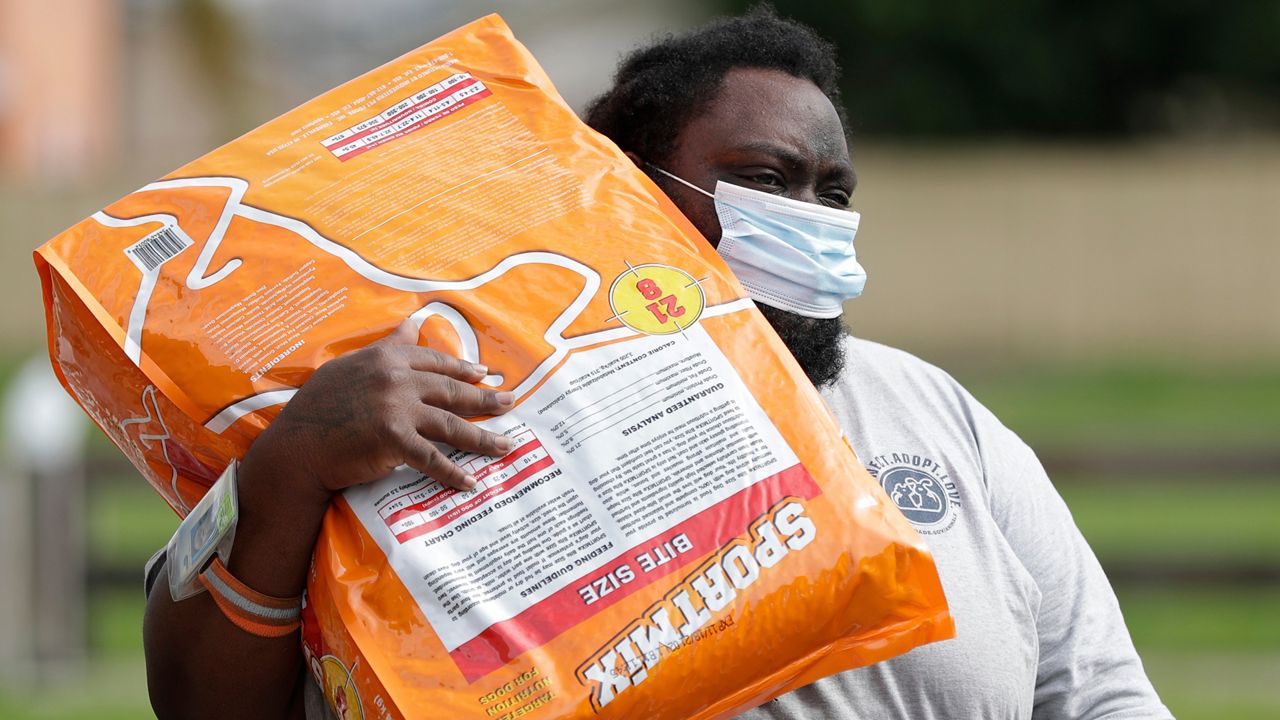
Be sure to have enough food for your pet for at least 3 to 5 days after a storm. Non-perishable is always a better option but if you feed raw be sure to have a plan in place to make sure the food doesn’t spoil. Moist or canned food is even better, because they won’t have to drink as much water.
Water

Dogs and cats should have 1 ounce of fresh water for every pound they weigh, each day. So if you have a 36 pound dog, have 36 oz. of fresh water per day, for 3-5 days.
Treats, toys and comforting items
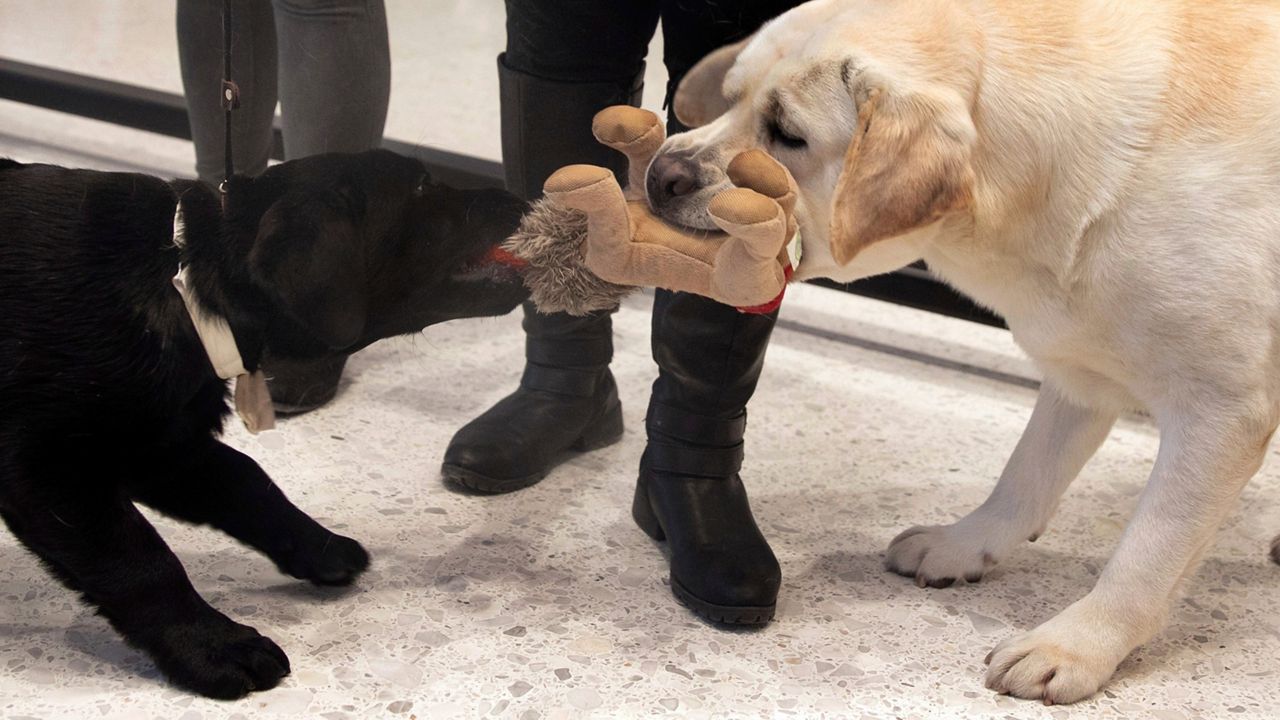
Storms are scary enough for humans. It can be worse for dogs, especially if they are extra sensitive to weather changes and storms. Make sure you have things to help keep them busy and comfortable. A calming wrap, like a Thundershirt, can also come in handy. There are other calming aids available too, like supplements or sprays.
Important papers and medicine
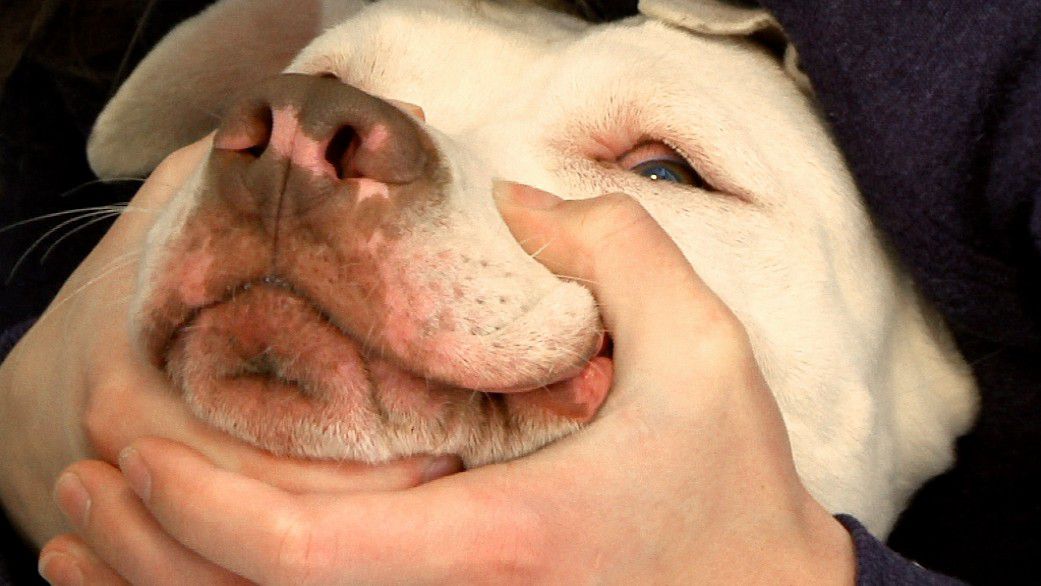
Get a water-tight container or some other waterproof envelope for these. Keep them handy in case you need to evacuate. If they have tags, make sure they are wearing them. If they are microchipped, make sure that information is up to date. Also, be sure to have an updated picture of you with your pet.
First aid kit
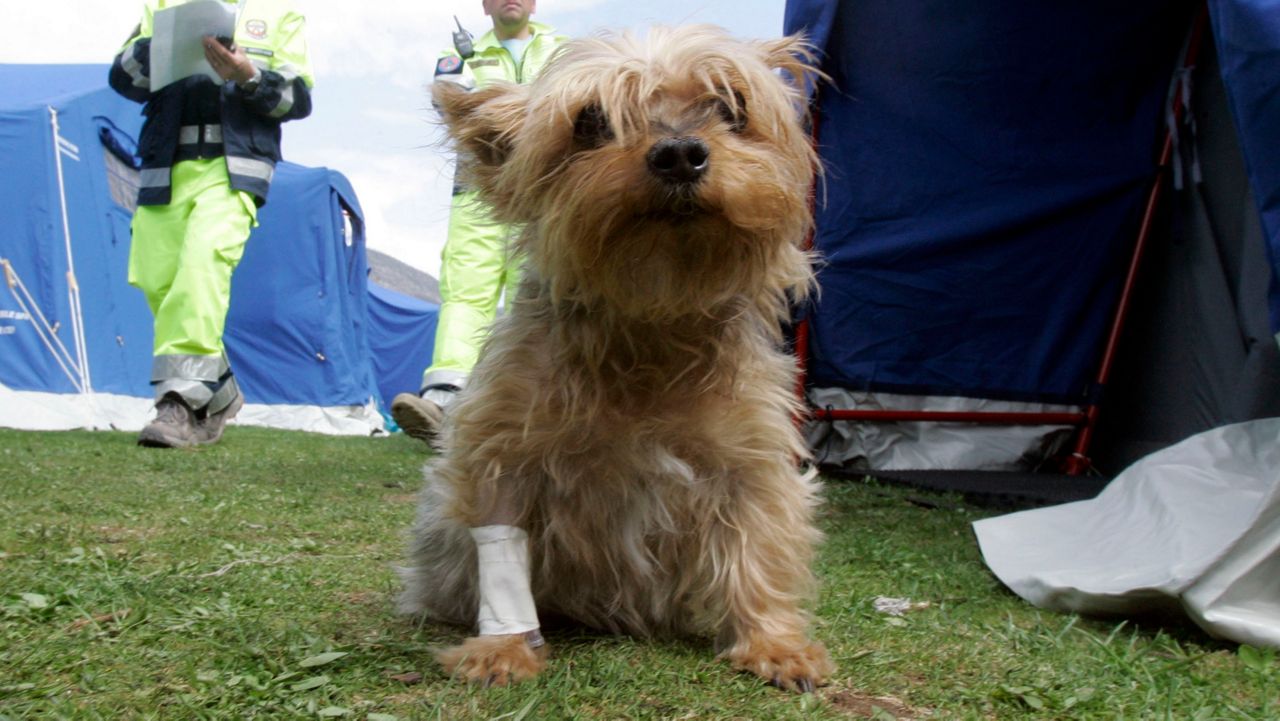
Antibiotic solution or gel in case they get hurt, along with bandages and scissors. If you have the chance to hit up a pet store, look for products like Vetericyn or Remedy Recovery. Both companies make wound care products that are safe for pets.
Some place to go
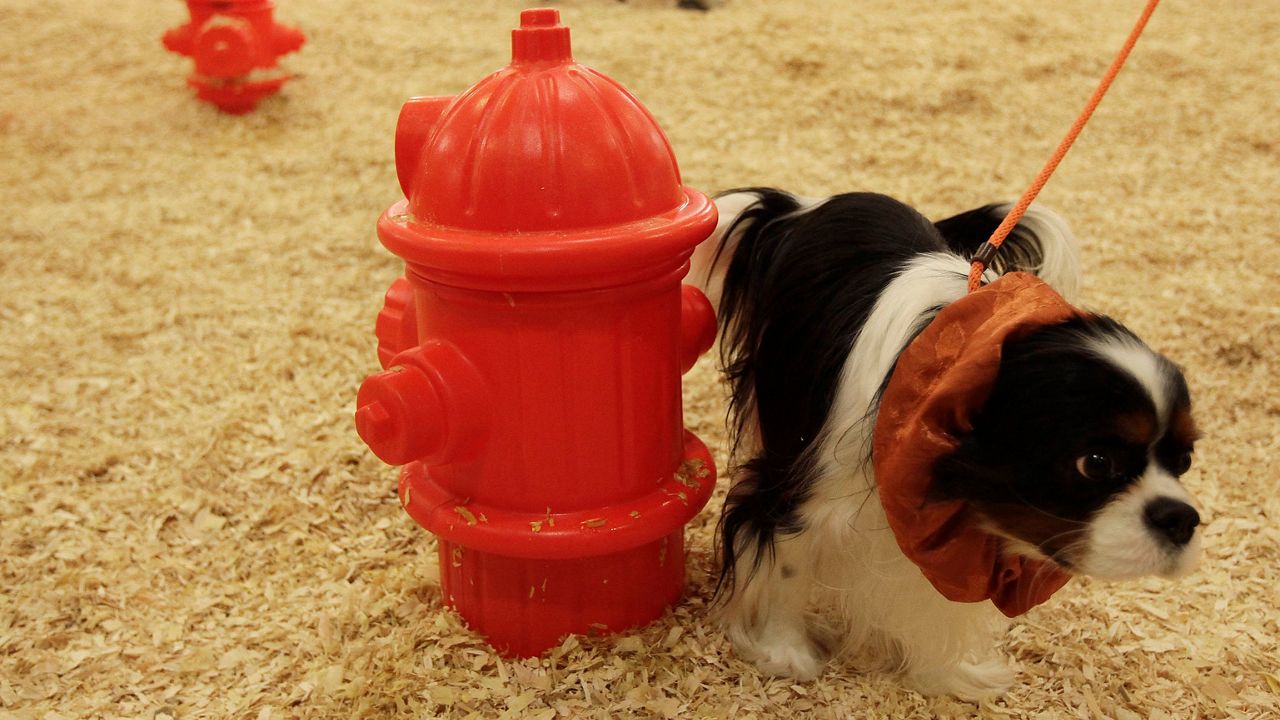
If you have a dog, you won’t want to walk it during a storm. Make sure it has a place to do its business – newspapers or puppy pads or something similar.
FEMA has compiled some additional suggestions for pet care both before and during emergency situations. Find them on the FEMA website.
One other thing to consider...
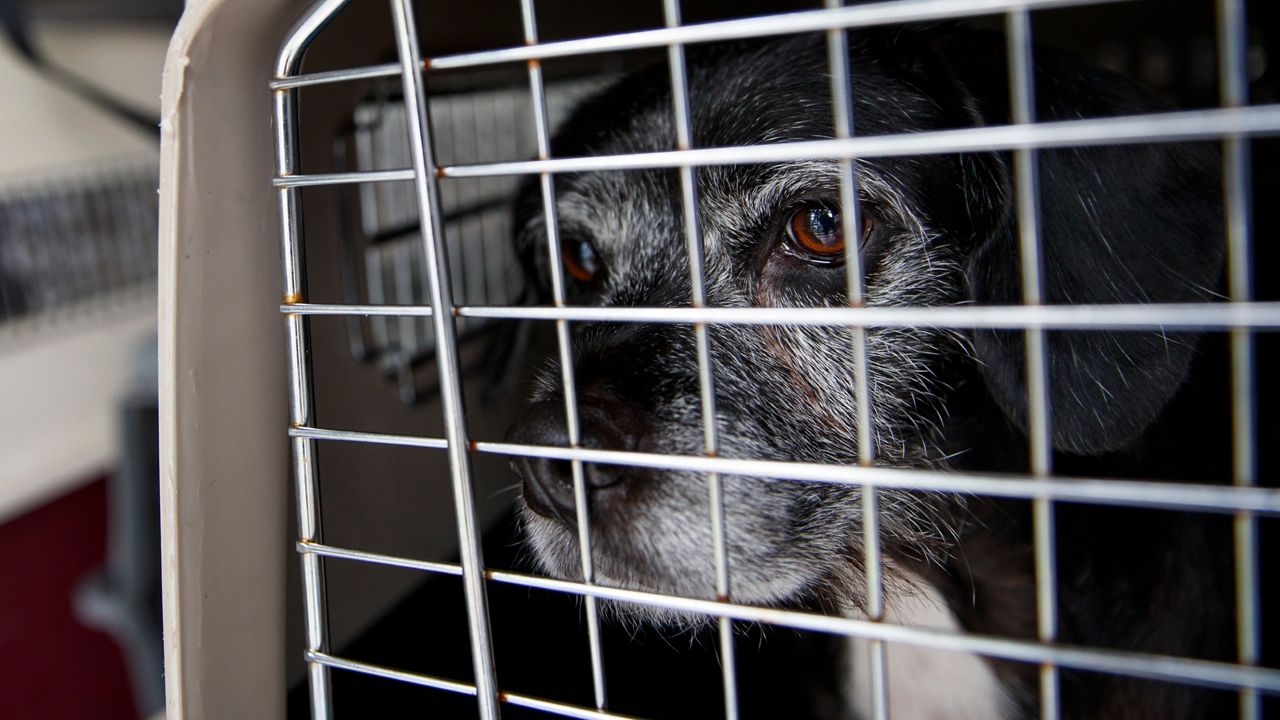
If you know you have to leave for a hotel or a shelter, be sure to have a crate or some kind of carrier with you. Many shelters require them, and some hotels do too. Also don't forget leashes, collars and tags.
During a storm
Keep your pets in a safe spot away from windows and doors. If they have a particular place like that where they feel safe, have them stay there. Make sure they have a blanket or bed, toys, treats and other items. If you can play soothing music for them during the storm, do so.
Even if you have a pet that spends the majority of the time outside, be sure to bring them in. It is not safe outside during a storm.
Try to keep your pets separated by species. In a storm pets may get anxious and act out irrationally. Unless your pets are extremely close, don’t risk it.
If you have to leave your home...
Emergency Shelters should always be a last resort if you have to leave your home. Many of them do not take animals.
Identify someone you can stay with who will accept your pets into their home. If you have crates or cages, bring them with you.
If you can’t take them to a friend’s or family member’s house, the next step is to go to a pet-friendly hotel or motel. Several brands like Red Roof Inn and La Quinta are always pet friendly, while others may not allow pets depending on location.
Check with the hotel before booking. You can use sites like Go Pet Friendly.com to find a lodgings.
You can also talk to a boarding facility or your veterinarian about places to keep your pet should you have to evacuate. However, be aware that these facilities may have to evacuate as well.
If you do need to stay at an emergency shelter, keep in mind that not every shelter allows pets. So please check with your county or local government ahead of time to see where that pet-friendly shelter is.
You can also go to Pet-Friendly Travel.com. The site is keeping an updated list of pet-friendly shelters throughout the state.
If you have no choice but to leave your pet behind, be sure to leave them inside the house with plenty of food and water, and place a notice in a visible area letting emergency crews know there are pets in the house, how many there are and what kinds. Make sure to leave contact information so you can be reached, along with contact info for your vet.
After a storm
The first few days after a storm, keep them leashed when they go outside. Familiar scents and landmarks will likely have been changed by the storm, which may confuse your pet. Debris and downed power lines can also be a hazard.




